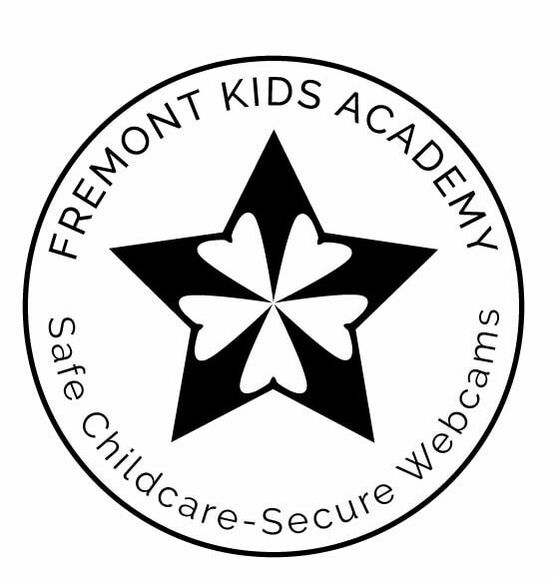
Use Sunscreen - a sunburn hurts, and can do lasting damage to sensitive skin. Use a child safe sunscreen and apply regularly, don't forget to reapply after swimming and water fun.
Drink Lots of Water - Dehydration can happen quickly and even in weather that is moderately warm. Children tend to get wrapped up in their play time and may forget to continuously drink water. Provide water in fun sippy cups and keep reminding them to drink up.
Swimming Safely - Swimming can be one of the best ways to cool down but always be safe by staying withing arms reach of children who cannot swim and keeping your eyes on the children that can. Drowning takes only
a short amount of time and can look just like playing. We often think that someone who is drowning will call out for help, but the exact opposite is true...drowning is silent. Setting good water safety habits is crucial to happy swimming kids. Remind swimmers to always ask or notify an adult who can watch them, that they are going into the water and swim with a buddy at all times.
Watch out for Venomous Creatures - know your local fauna and keep children away from habitats where spiders, snakes, and other venomous animals live. Wood piles, under decks, and under rocks are some locations to look out for...have fun but stay aware of potential threats.
Not Even for a Second - Do not leave children unattended in a vehicle, even for a second on hot days. Not only is it very dangerous as interior vehicle temperatures can reach over 140 degrees Fahrenheit on a day that is only 90 degrees, but it is also illegal. Just don't leave children in the car and there is nothing to worry about. If grandparents or other family members who are not used to caring for children will be transporting them during the summer, put a cute little sticker on their driver's side window that says, "Don't Forget the Baby." Sometimes adults who are not used to transporting children forget that the baby sleeping in the back seat is there, we all get side tracked sometimes and may need a little reminder.
Enjoy the wonderful weather and keep everyone safe at the same time.
-Dana Wilson

 RSS Feed
RSS Feed